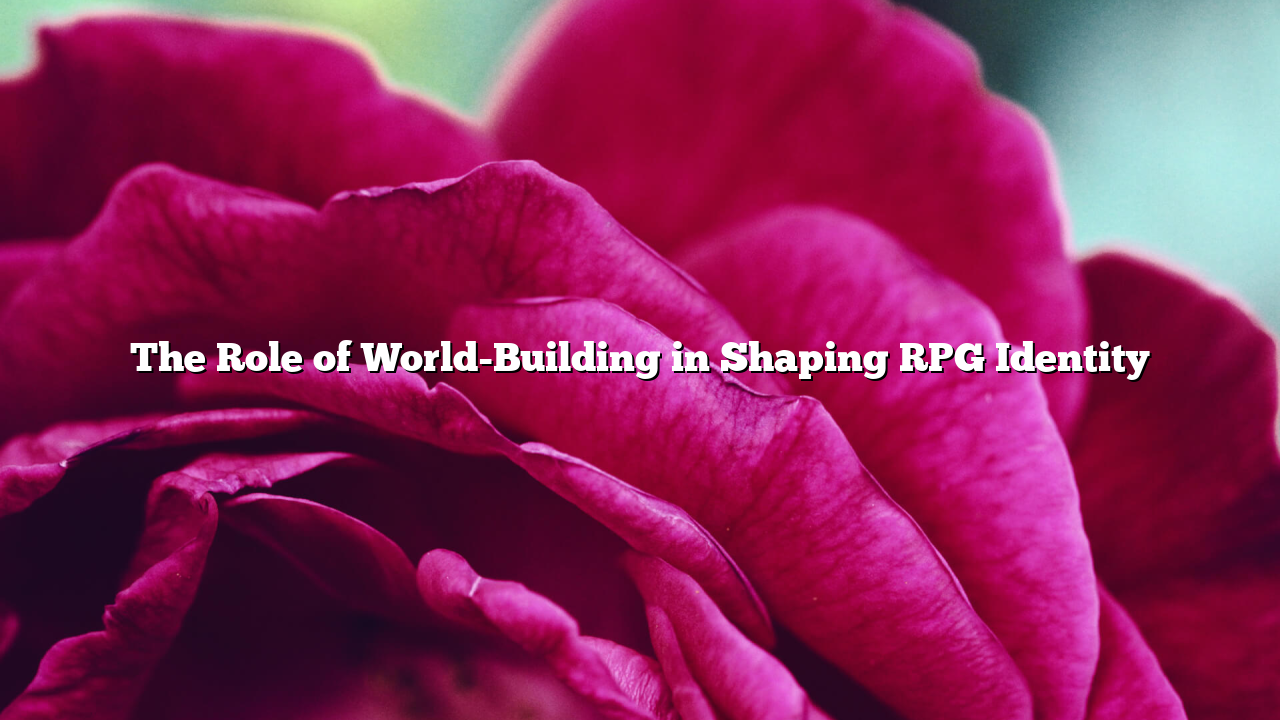World-building has always been one of the defining strengths of role-playing games. Early RPGs relied on simple maps and minimal lore due to hardware rajatoto88 limitations, but even then, developers understood the value of crafting believable worlds. Titles like Ultima III and Phantasy Star introduced foundational elements such as planetary travel, mythologies, and cultural systems.
As RPGs moved into the 16-bit era, storytelling became more ambitious. Games like Secret of Mana and Final Fantasy IV expanded world-building through character backstories, ancient civilizations, and interconnected regions. This era marked the transition from “game worlds” to genuine fictional universes with histories and internal logic.
The 3D era allowed world-building to become deeply immersive. The Elder Scrolls III: Morrowind showcased unique architecture, languages, and political factions, setting a new standard for open-world depth. Meanwhile, Baldur’s Gate II captured the richness of Dungeons & Dragons lore, blending written world-building with interactive storytelling.
In modern RPGs, world-building is now multi-layered—environmental storytelling, lore books, dynamic events, and NPC routines all contribute to immersion. Titles like The Witcher 3 and Xenoblade Chronicles present worlds that feel alive, with ecosystems, cultures, and histories that respond to player action.
World-building continues to shape RPG identity by providing depth that extends beyond mechanics, inviting players to inhabit worlds that feel truly lived-in.
